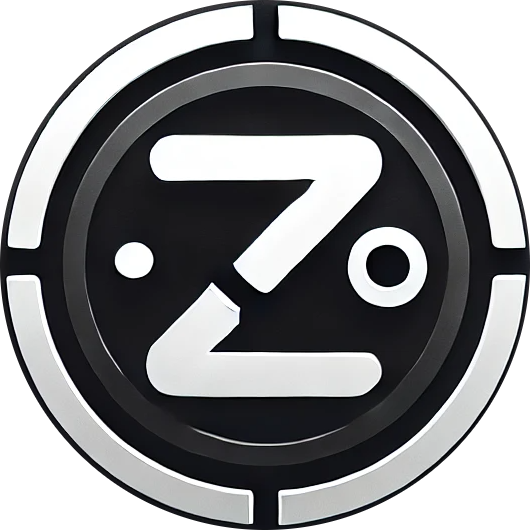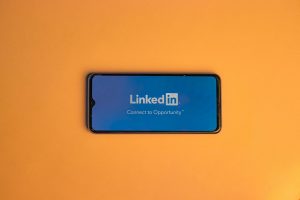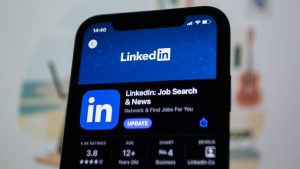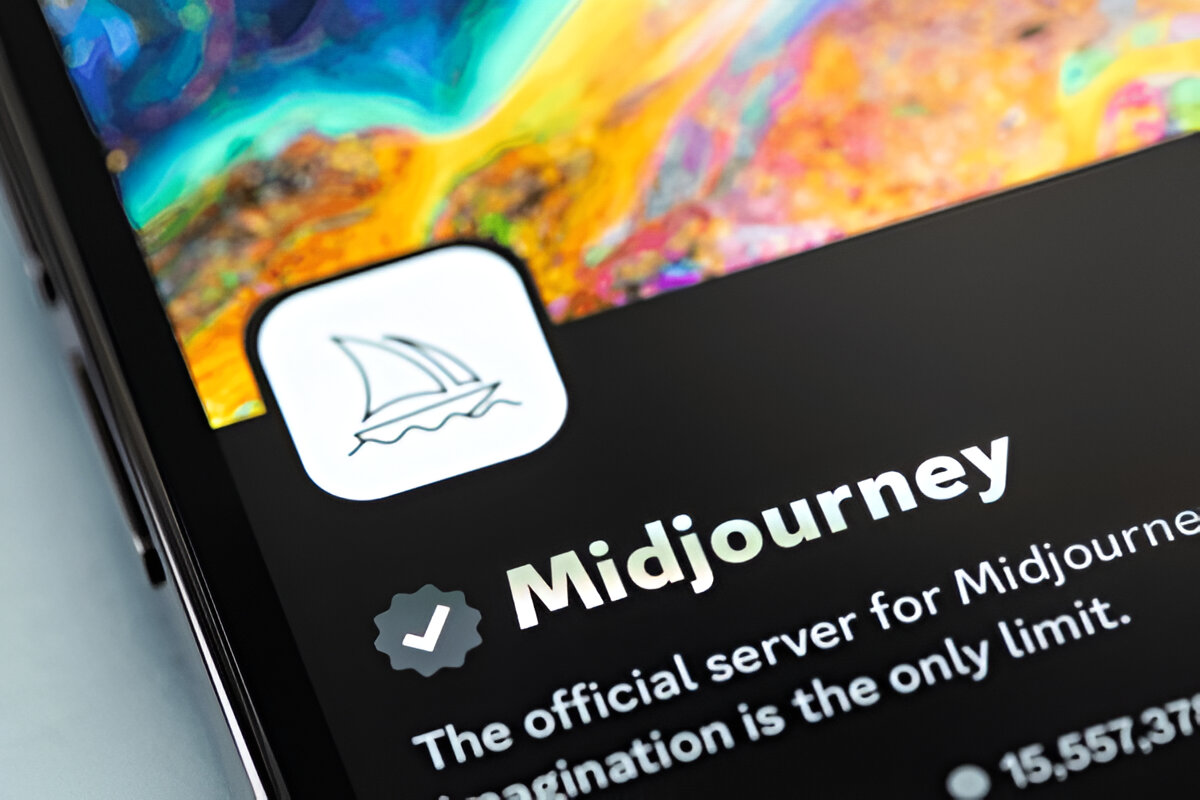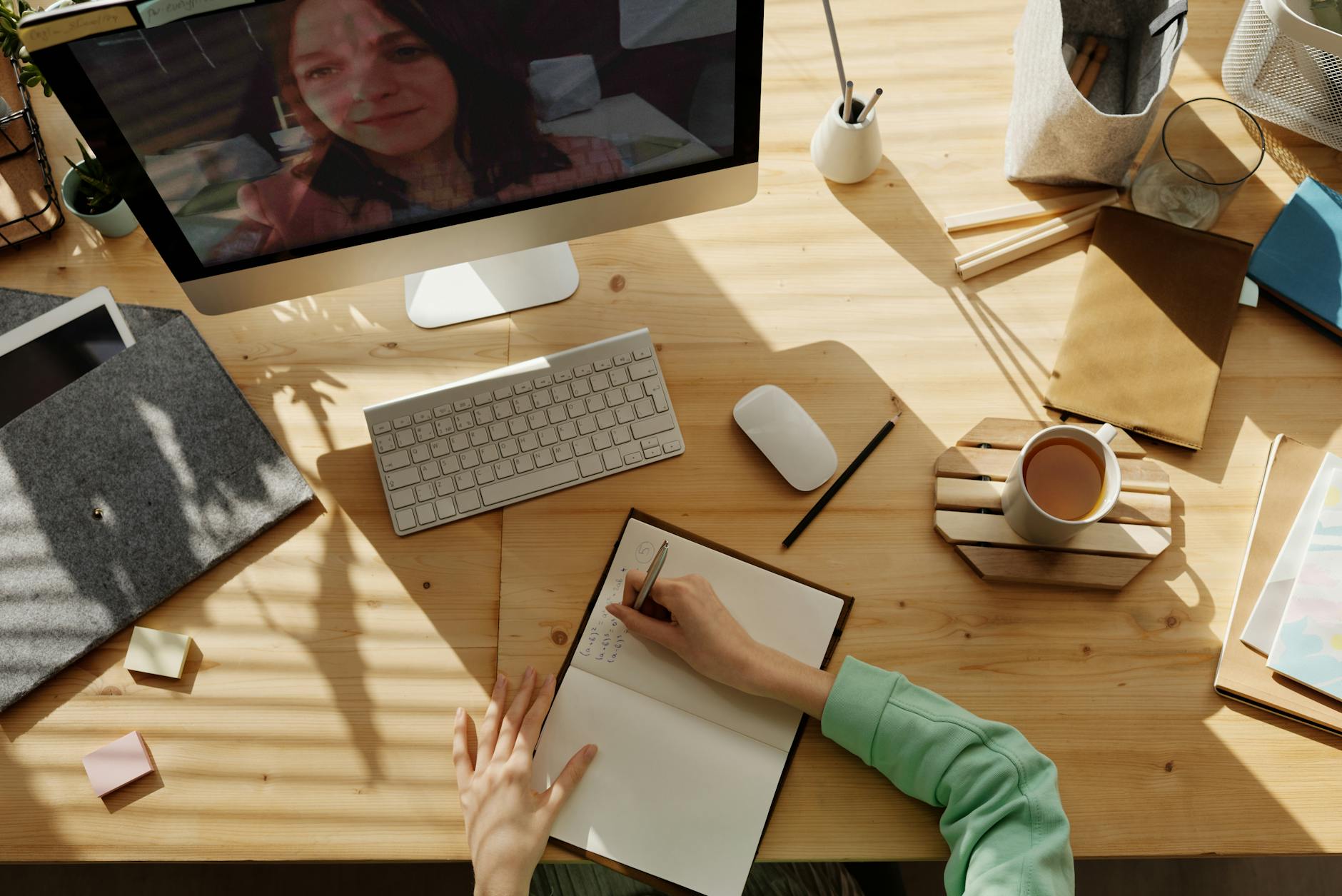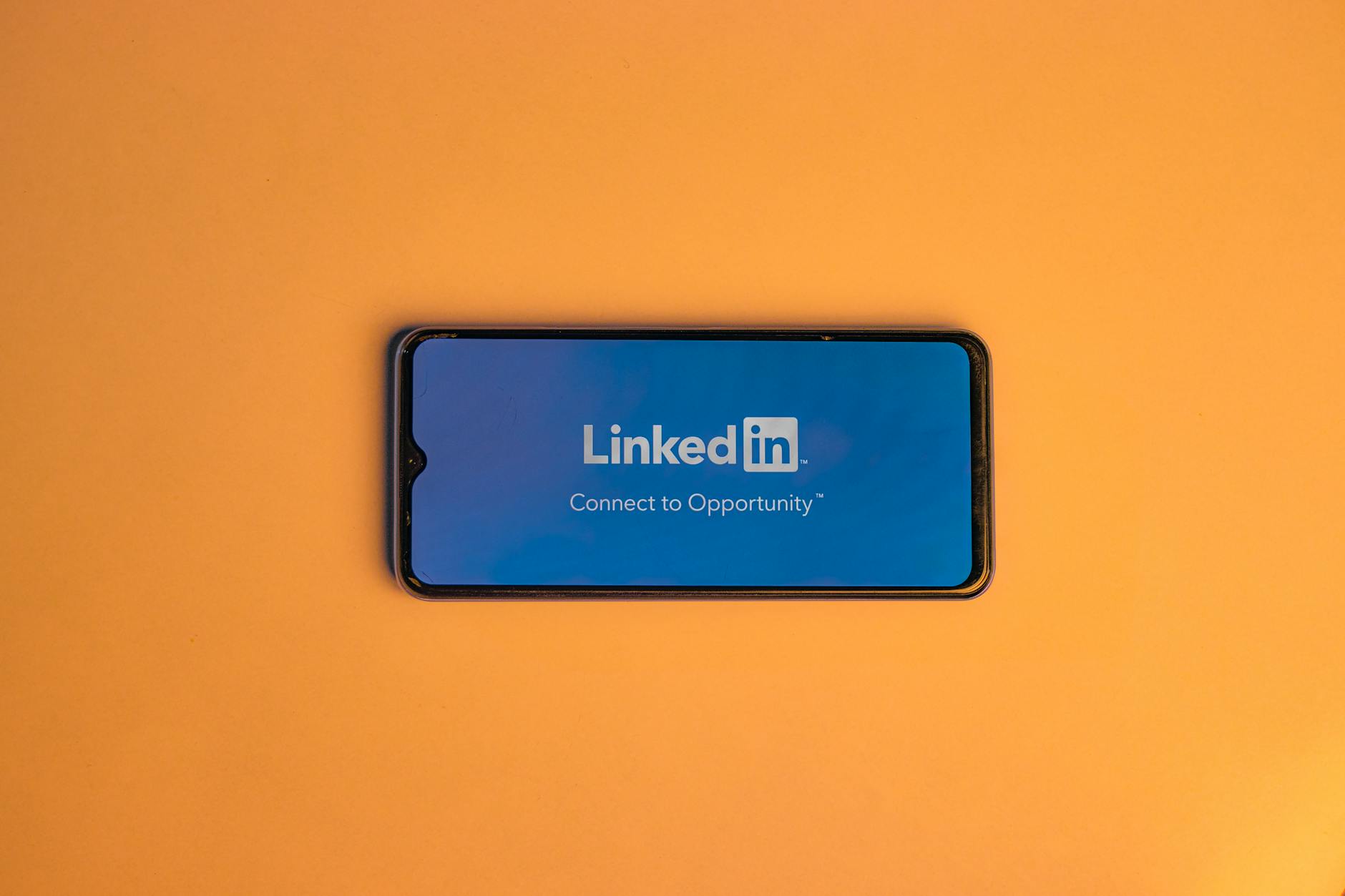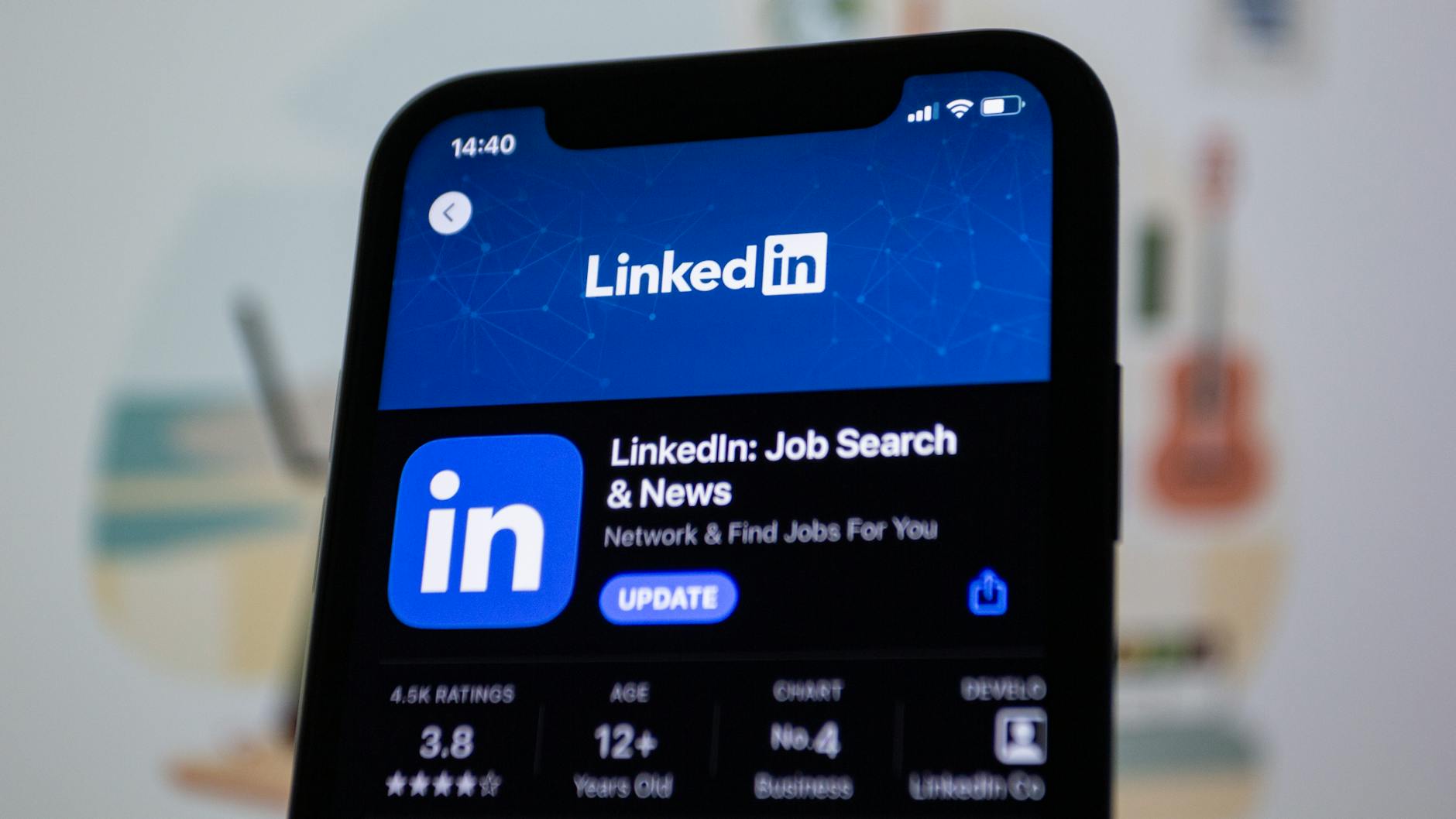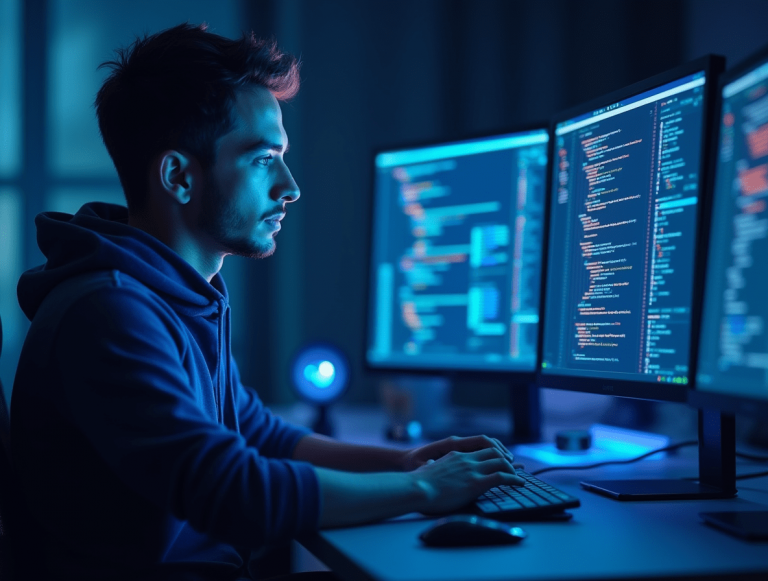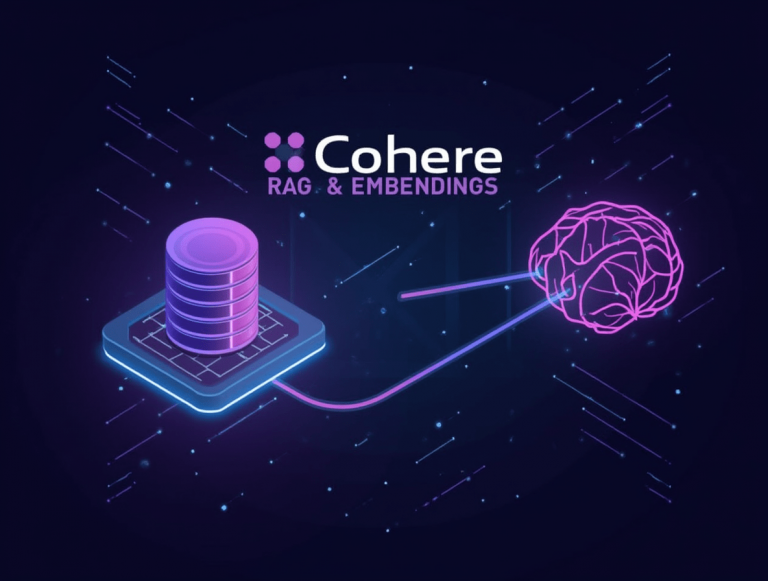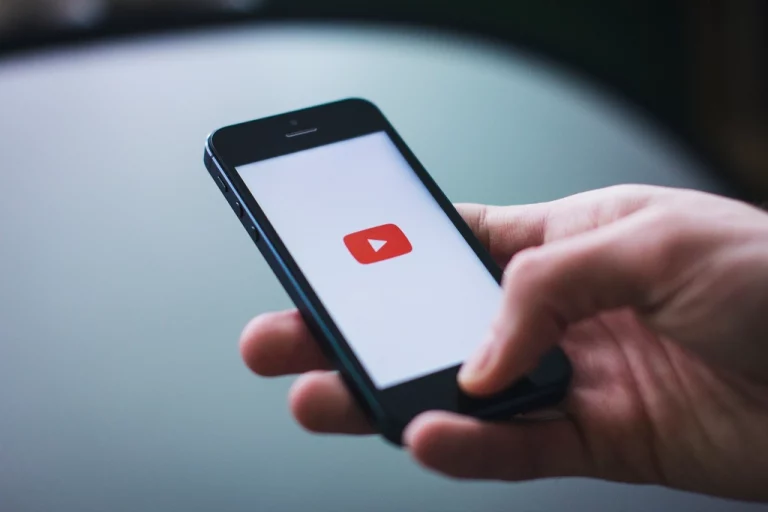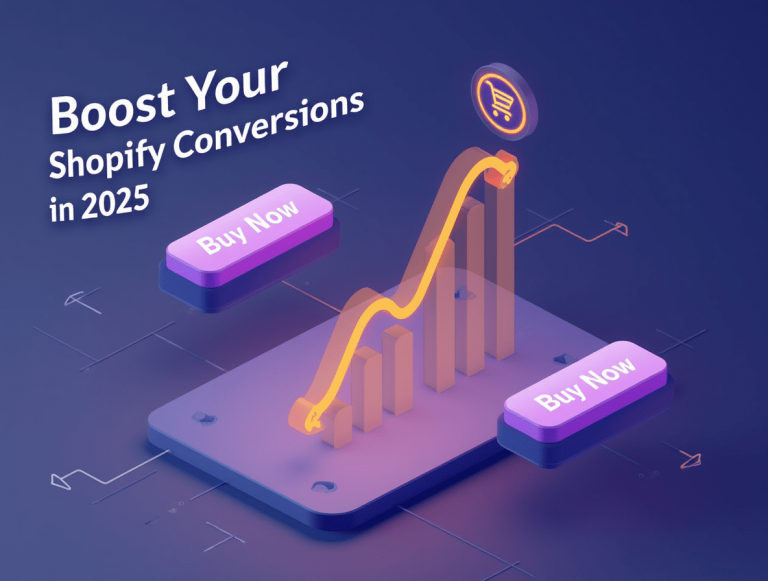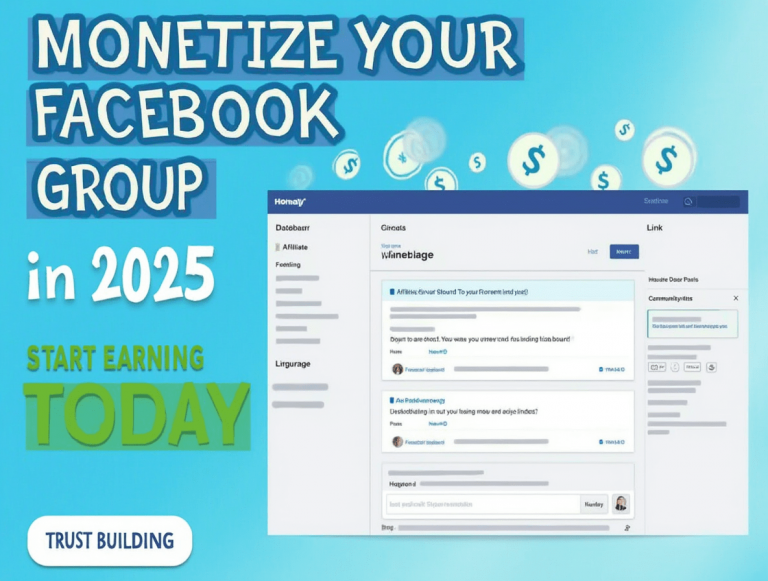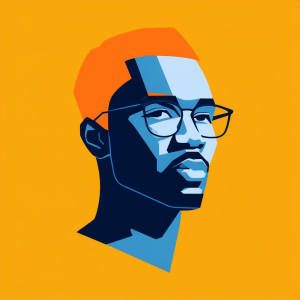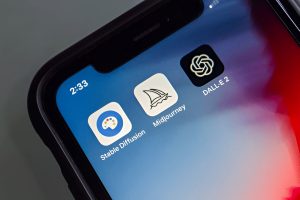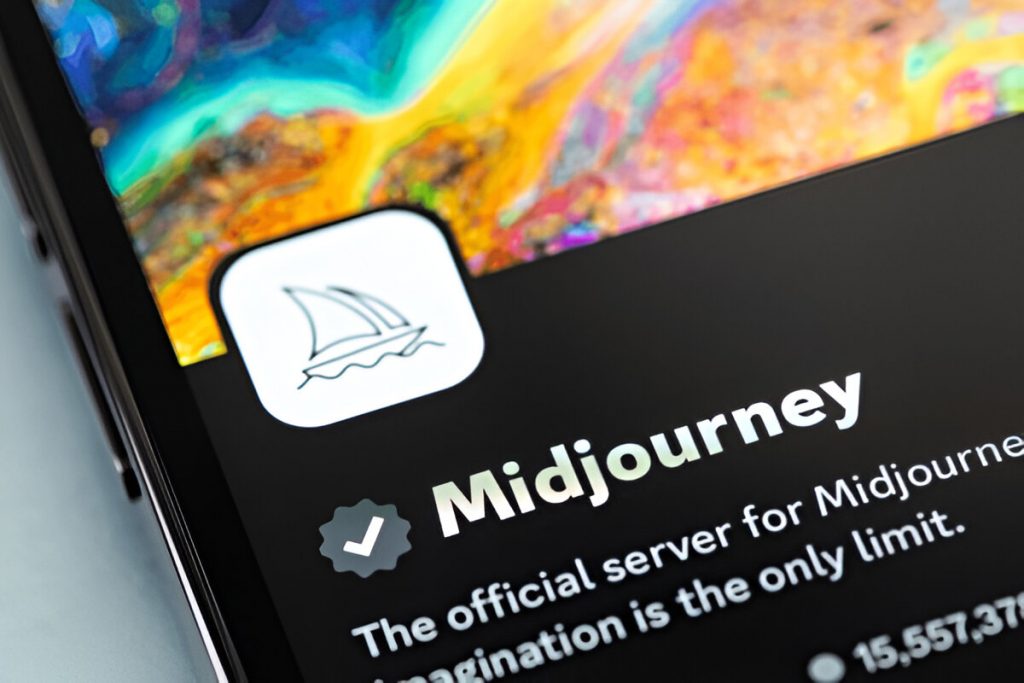
AI-powered art generation has advanced rapidly, and Midjourney is at the forefront of this revolution. Unlike other AI image generators, Midjourney focuses on artistic creativity, deep customization, and unique visual styles, making it a favorite among digital artists and designers. But how exactly is Midjourney reshaping the world of AI-generated art? This article explores its key innovations, best use cases, and its impact on the creative industry.
1. What Makes Midjourney Unique?
1.1 AI-Driven Artistic Expression
Unlike tools like DALL·E and Stable Diffusion, which prioritize photorealism, Midjourney excels in abstract, surreal, and highly stylized art. It provides:
- Painterly, cinematic, and dreamlike aesthetics.
- Fine-tuned artistic control through prompt engineering.
- A wide range of creative outputs, from impressionist-style paintings to cyberpunk-inspired illustrations.
1.2 Deep Customization & Advanced Prompting
Midjourney allows artists to guide the AI more precisely through:
- Weight-based prompt control to emphasize specific elements.
- Seed values for consistent image variations.
- Aspect ratio and stylization commands to modify compositions.
2. Key Innovations in Midjourney AI Art
2.1 AI-Enhanced Creativity
Midjourney is more than just a tool—it’s a creative collaborator. It enables:
- Concept artists to prototype ideas quickly.
- Graphic designers to explore new aesthetics.
- Marketing teams to create unique branding visuals.
2.2 Seamless Community Integration
Midjourney is built around a collaborative Discord-based experience, where users:
- Share prompts and creative techniques.
- Engage in real-time AI art competitions.
- Receive prompt optimization suggestions from the community.
3. Best Use Cases for Midjourney
3.1 Digital Art & Illustration
Artists use Midjourney to generate:
- Abstract and fantasy-style artwork.
- Surreal, dreamlike compositions.
- High-resolution AI-assisted paintings.
3.2 Branding & Advertising
Businesses and agencies leverage Midjourney to create:
- Custom ad visuals for social media marketing.
- Stylized branding assets for product packaging.
- AI-generated conceptual artwork for storytelling.
3.3 Fashion & Product Design
Fashion designers and product developers use Midjourney for:
- Experimenting with new styles and materials.
- Generating futuristic clothing concepts.
- AI-powered textile pattern creation.
3.4 Book Covers & Album Art
Authors and musicians commission Midjourney-generated images for:
- Eye-catching book covers.
- Creative album artwork.
- Visual storytelling for graphic novels.
4. Midjourney vs. Other AI Art Tools
| Feature | Midjourney | DALL·E | Stable Diffusion |
|---|---|---|---|
| Artistic Expression | ✅ Strong | ✅ Moderate | ✅ High |
| Photorealism | ❌ Limited | ✅ Strong | ✅ Moderate |
| Customization & Control | ✅ High | ❌ Limited | ✅ Advanced |
| Best for | Concept Art, Illustrations | Product Images, Editing | Deep Customization, Fine-Tuned AI Art |
5. The Future of AI Art with Midjourney
Midjourney’s innovations point toward a future where:
- AI and human artists collaborate more deeply.
- Custom AI art styles become standard in branding and media.
- AI-generated artwork is integrated into virtual and augmented reality.
Conclusion
Midjourney is revolutionizing AI art creation by offering deep artistic control, unique aesthetics, and a vibrant community-driven experience. Whether you’re a designer, marketer, or digital artist, Midjourney provides an unparalleled platform for creative exploration. As AI-generated art continues to evolve, Midjourney remains at the cutting edge of this transformative artistic movement.
